“Pull for emergency exit,” says the oversized catch on the door.
It’s winter, there’s patchy black ice on the West Sussex lanes we’re driving along and said catch is attached to a Dodge Viper GTS – not exactly a paragon of clinical precision.
It is my fervent hope that I don’t have to use the catch, but it’s not a bad idea to keep its location in mind. The Viper has always been a hero car for me. Forgive the straight lift from the motoring hack’s book of cliché, but I really did have a poster of one on my bedroom wall when I was a whippersnapper.
That poster was most likely of the earlier and original RT/10 model, which was launched in 1992. That makes the Viper 25 years old this year, and that seems like the perfect excuse to revisit this glowering hunk of American excess.
Those first Vipers were production versions of a concept car first unveiled in 1989 at the Detroit show. It took three years for engineers to bring the concept to life.
The original plan was for the Viper to use an evolution of the LA360 V8 with, in effect, two extra cylinders grafted on. The engine was also destined for use in Dodge’s Ram line of trucks.
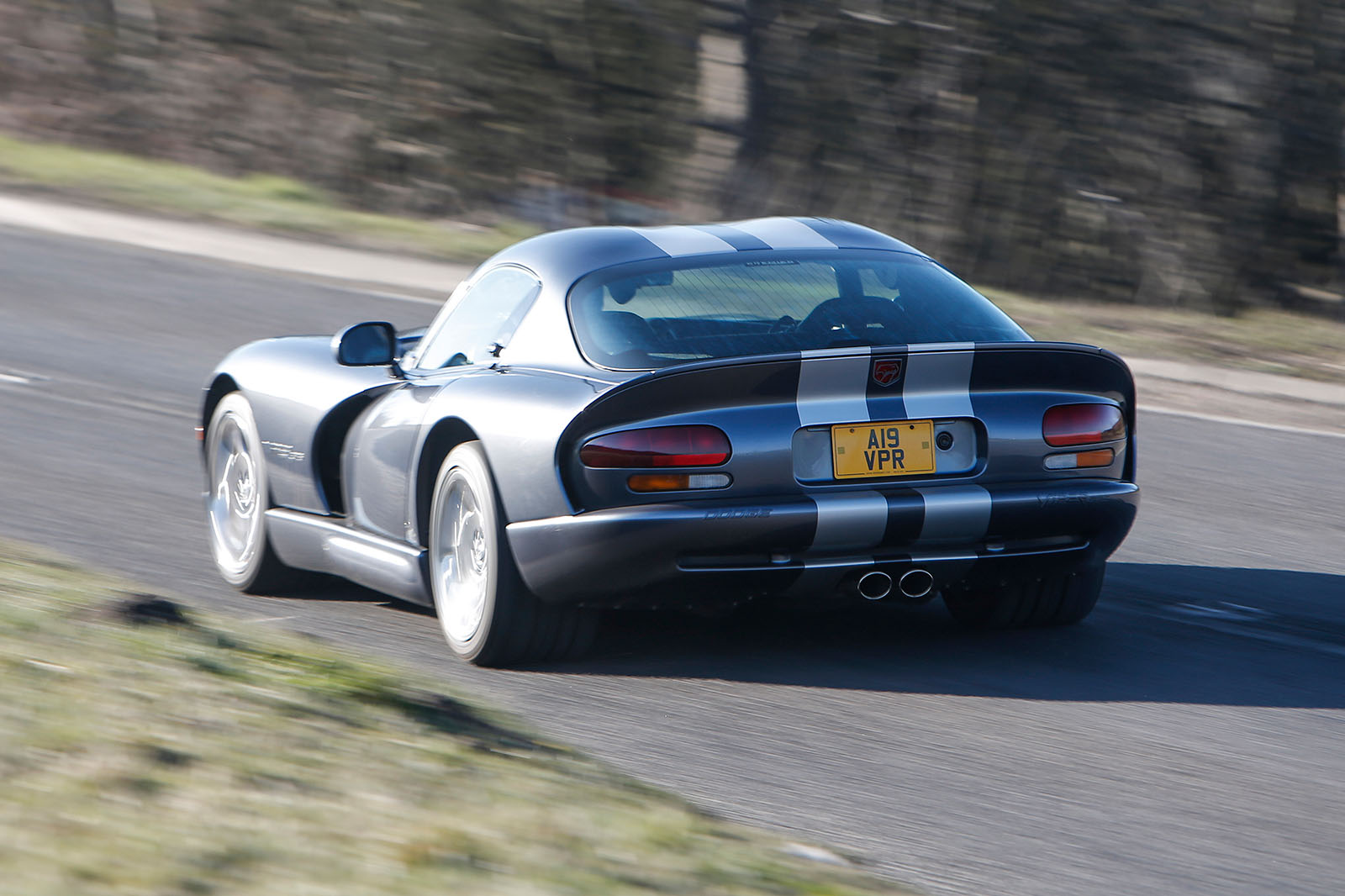
But a series of refinements by Lamborghini, then part-owned by Dodge’s parent company Chrysler, resulted in the engine projects growing apart, with the biggest change of all being the switch from a cast iron block to an aluminium one for the Viper.
Remember this the next time someone tells you the Viper had a truck engine: it’s not quite true. The myth is believable, though, largely because the Viper was something of a ‘bitsa’.
Indeed, it’s often forgotten that low cost was one of Chrysler’s stated aims with the project, so the production engineers scavenged parts from wherever they could around the Chrysler organisation.
It showed in that first RT/10, despite their best efforts. “Even with all those cylinders, the engine wasn’t as smooth as you’d think,” says Autocar’s Steve Cropley, recalling the first time he drove the RT/10.
“The car was cumbersome, with really heavy controls. It was the look of the thing, and the torque, that made it extraordinary, but it clearly needed development.”
That development came in 1995, with the advent of the second generation car and, most notably, the new GTS coupé – a late example of which we’re driving today.
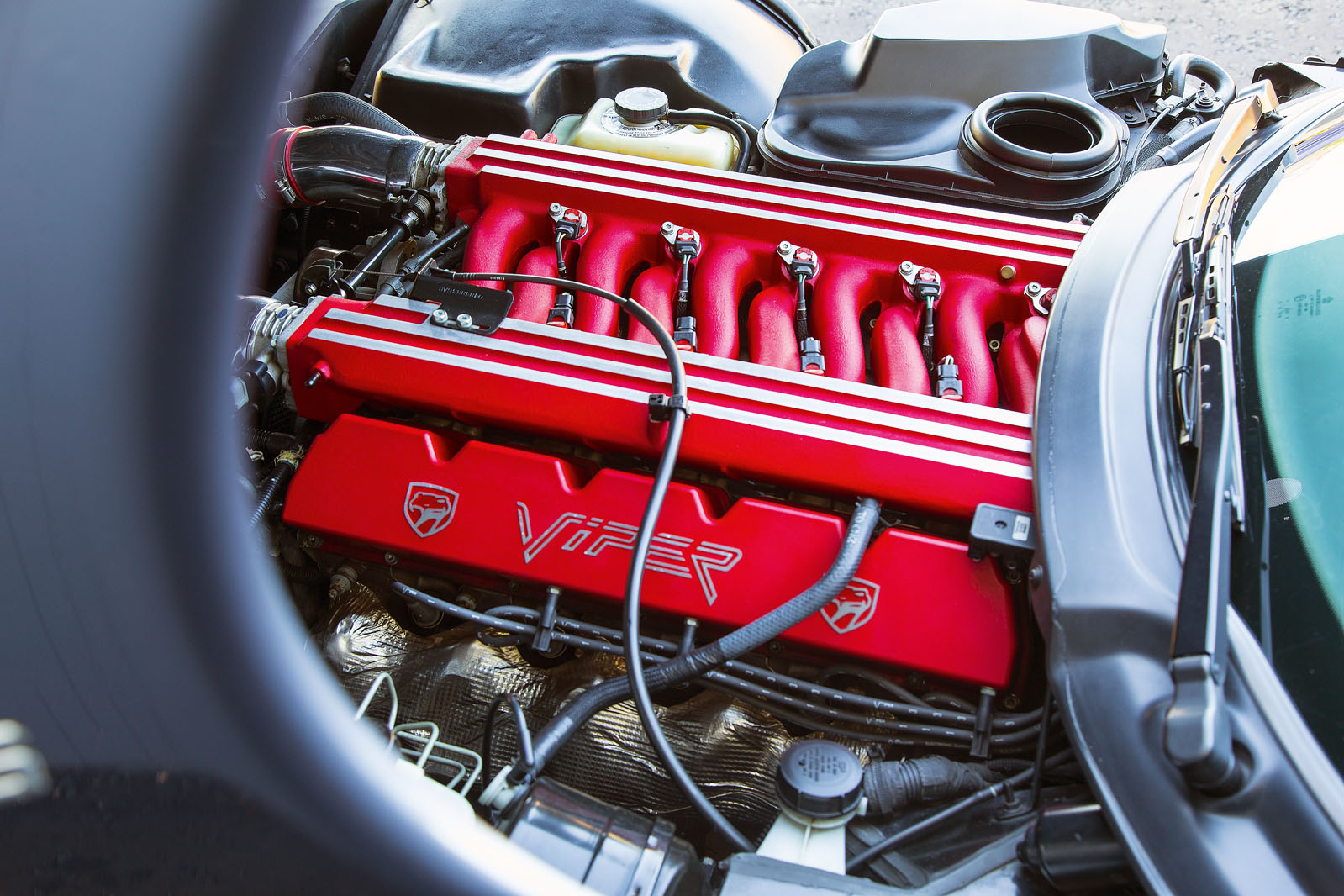
Power was up to 450bhp and while it might look similar, in fact 90% of the GTS’s parts were either upgraded or switched out completely. It shows.
A strong shove is still needed to get the gearstick into first, and the combination of a long-travel clutch pedal and hairtrigger accelerator requires careful moderation of each foot when pulling away, but there’s none of the heft you might expect from the steering.
Once rolling, the Viper is remarkably benign, with a smooth and progressive throttle and even a reasonably comfortable ride. But what you really want to know is how well it goes.
Well, even on these cold roads, the Viper isn’t uncontrollable. Lairy, for sure, and a moment’s inadvertent exuberance with the throttle will light up the rear tyres.
But there’s a monumental amount of front-end grip, so the car snicks into corners surprisingly well, and a squeeze of the throttle on the way out hunkers the back end down at first, rather than simply sending it sideways straight away.
But be under no illusion: this is a car that’s happier on the straights than it is in the corners. Simply placing it is the first problem: that long, wide nose obscures half of the road ahead, and then there’s the slow steering and the wooden brakes.
No, far better to amble through the twisty bits at a moderate pace and then point ‘n’ squirt to your heart’s content once there’s a clear, flat bit of asphalt ahead. And squirt it most certainly does.

When you pin the throttle, it feels as though you’ve just been pushed off a cliff. An initial shove in the back is followed by an ever-more urgent gathering of momentum until, knuckles white, you find yourself hoping that whatever comes next is as quick and painless as possible.
But instead of oblivion, you find yourself at the redline. So you manhandle the gearlever through the gate and go again, revelling in an engine note more guttural than that of a contemporary V10 from Italy or Germany; one that’s halfway in tone between such engines and the American V8 you sense this one has been tuned to mimic.
The volume hits you, too. Even off the throttle, it chunters and growls, attracting the wrong kind of attention even when you’re trying to remain as inconspicuous as possible.
This is a fantastic good-time car, then, and brilliant fun to drive. But to own? Hmm.
The problem comes when you spend enough time with it for the novelty to wear off. It’s then that you notice you’re cramped up against the door, looking at an acre of shiny, brittle plastic and trying to ignore the squeaks and rattles and the health and safety notices that remind you that objects in the mirrors are closer than they appear.
For some, this car’s unapologetic drama and in-your-face attitude has no equal. With production of the current-generation Viper set to come to an end later this year, it seems unlikely that it ever will.
If the prospect of Viper ownership appeals, the price to join the club is £49,995 in the case of this GTS, a 2000 example with just 26,000 miles on the clock, although earlier cars with higher mileages can be found for much less.
Think of the Viper as a bona fide supercar and that might not sound too bad.
Trouble is, the Viper isn’t really a supercar. It’s a modern-day hot rod; a car unto itself, which doesn’t really bear comparison with anything. Whether a used example is worth the money is therefore an entirely subjective question.
I’ll stick with the poster on my bedroom wall, but when you pass me in your Viper, that V10 engine note ripping the air in two as you squirm up the road, I’ll feel a pang of envy.

What to look for when buying a used Viper
The great thing about the Viper is that its simple engineering means very little goes wrong. Tyres are expensive, so check treads, and make sure the clutch isn’t slipping – on a low-mile car, it’s a sign of abuse.
Servicing is far cheaper than on most cars with this sort of pace, and because the engine is so big, it’s unstressed, so bits rarely fall off. C check the fibreglass body for damage, and the interior plastics for cracks.
Dodge Viper GTS
Built from 1996-2002; Price now £30,000-£50,000; Engine V10, 7986cc, petrol; Power 450bhp at 5200rpm; Torque 490lb ft at 3700rpm; Gearbox 6-spd manual; Kerb weight 1531kg; 0-60mph 4.0sec; Top speed 177mph; Economy 16.8mpg

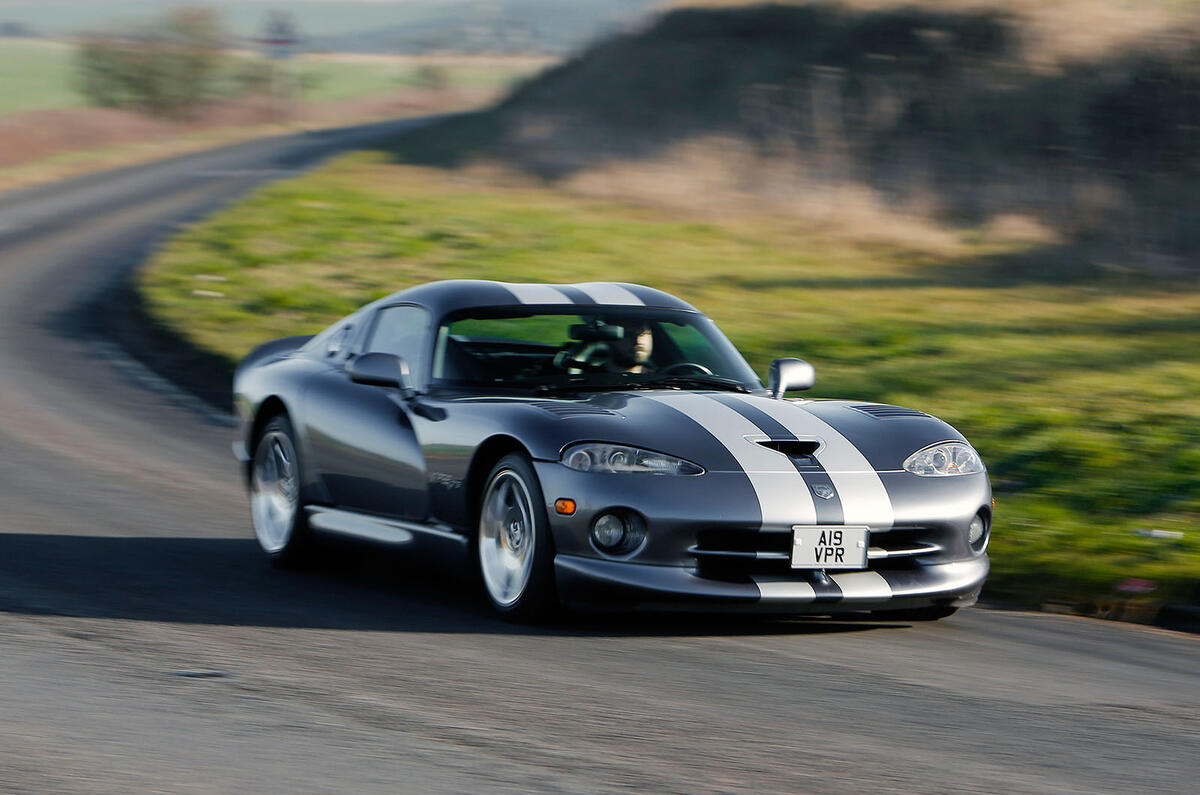
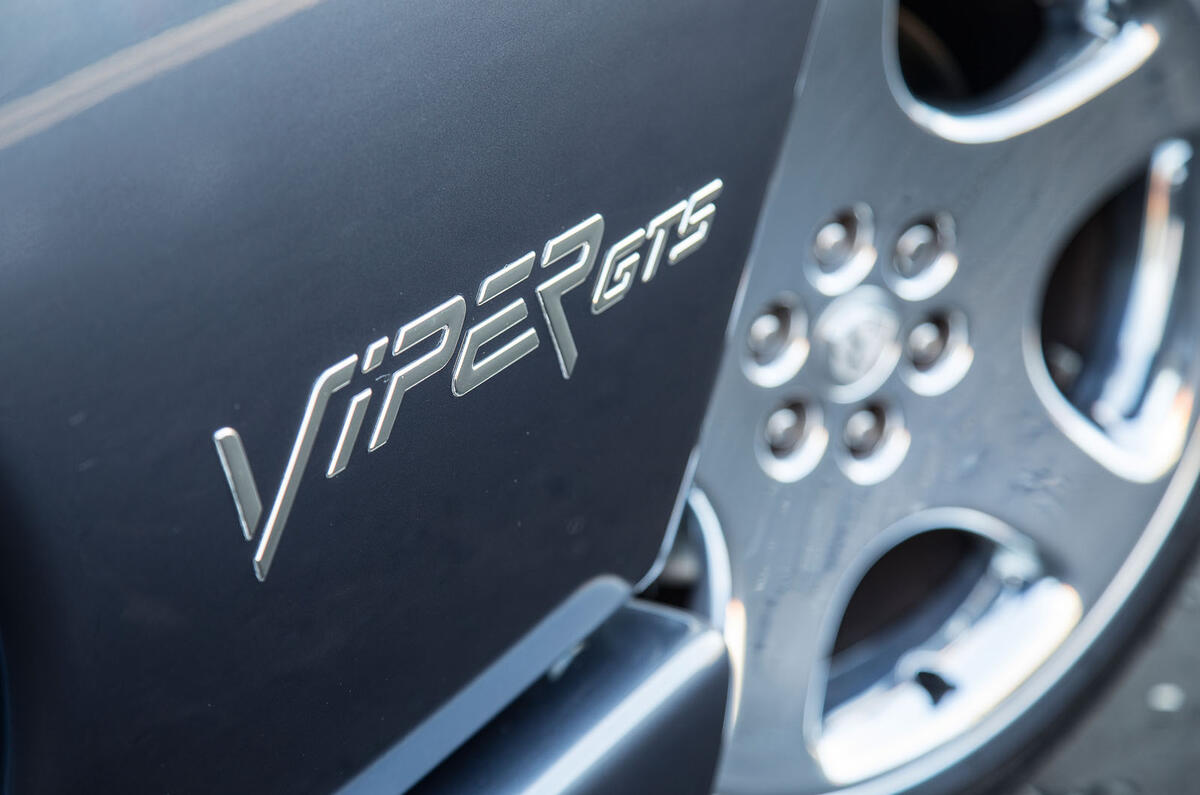
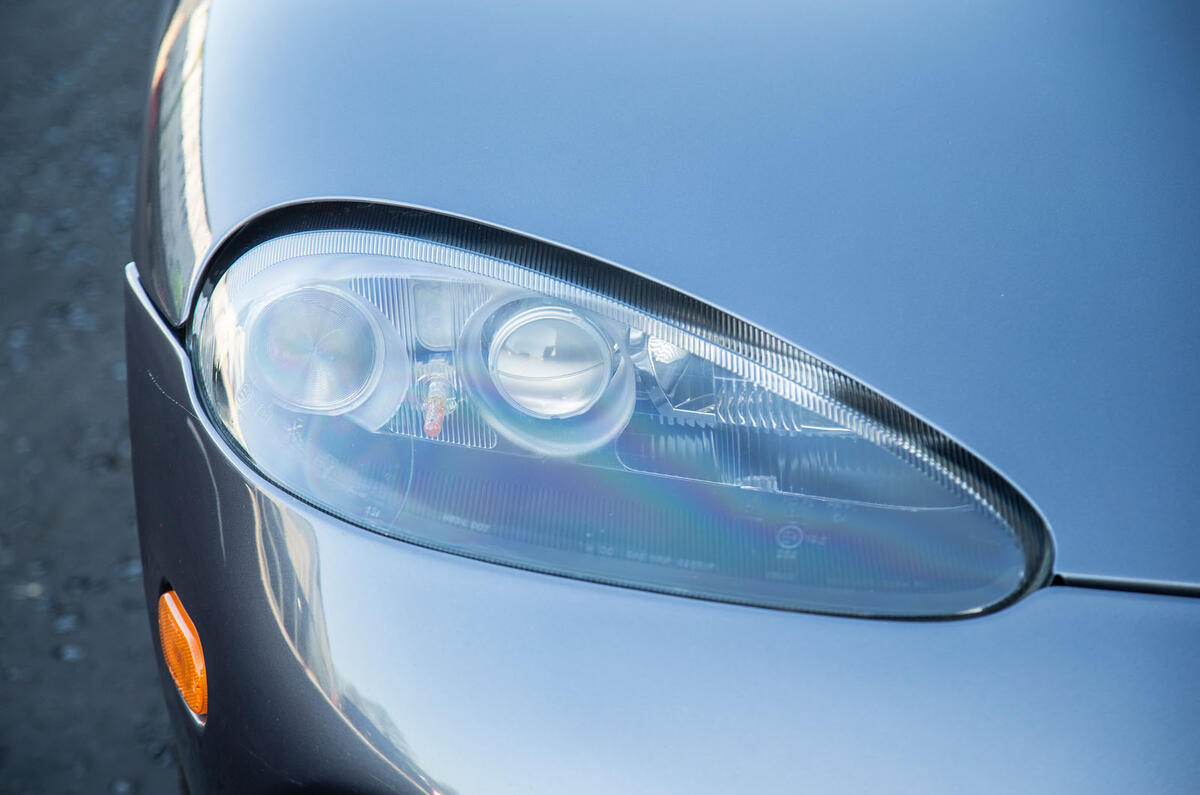
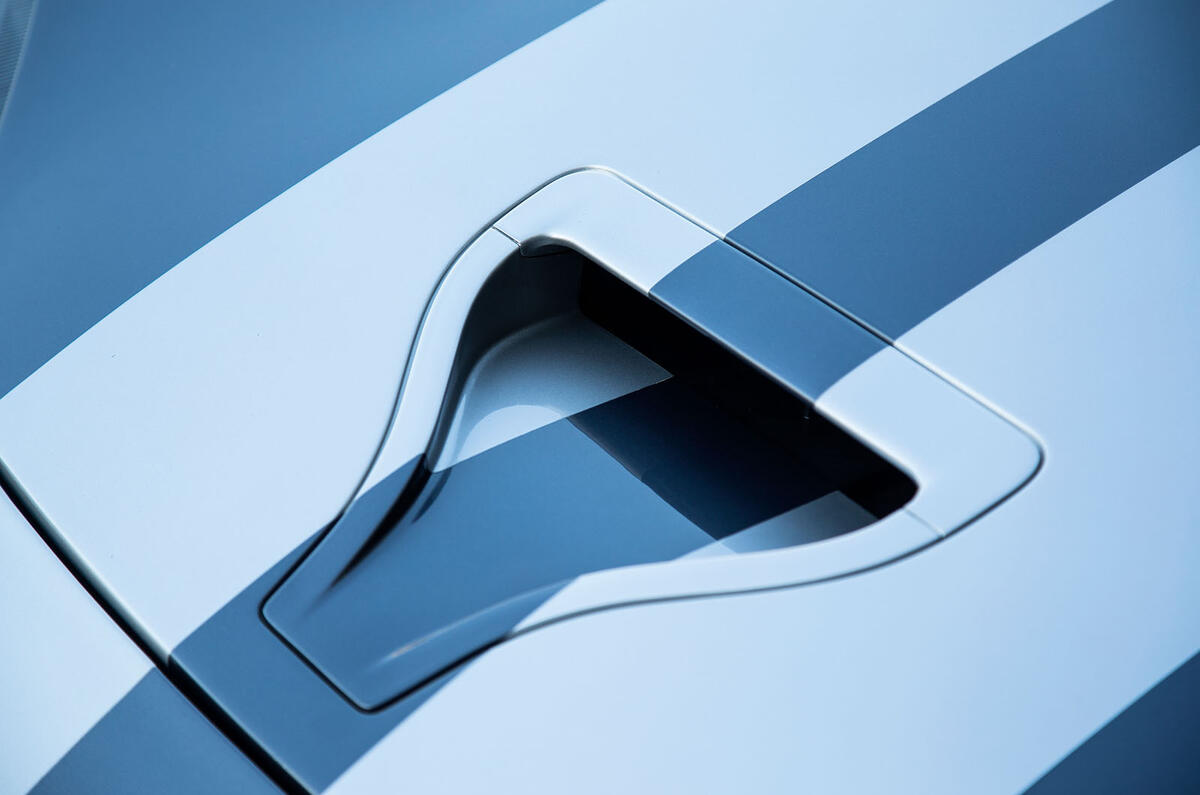
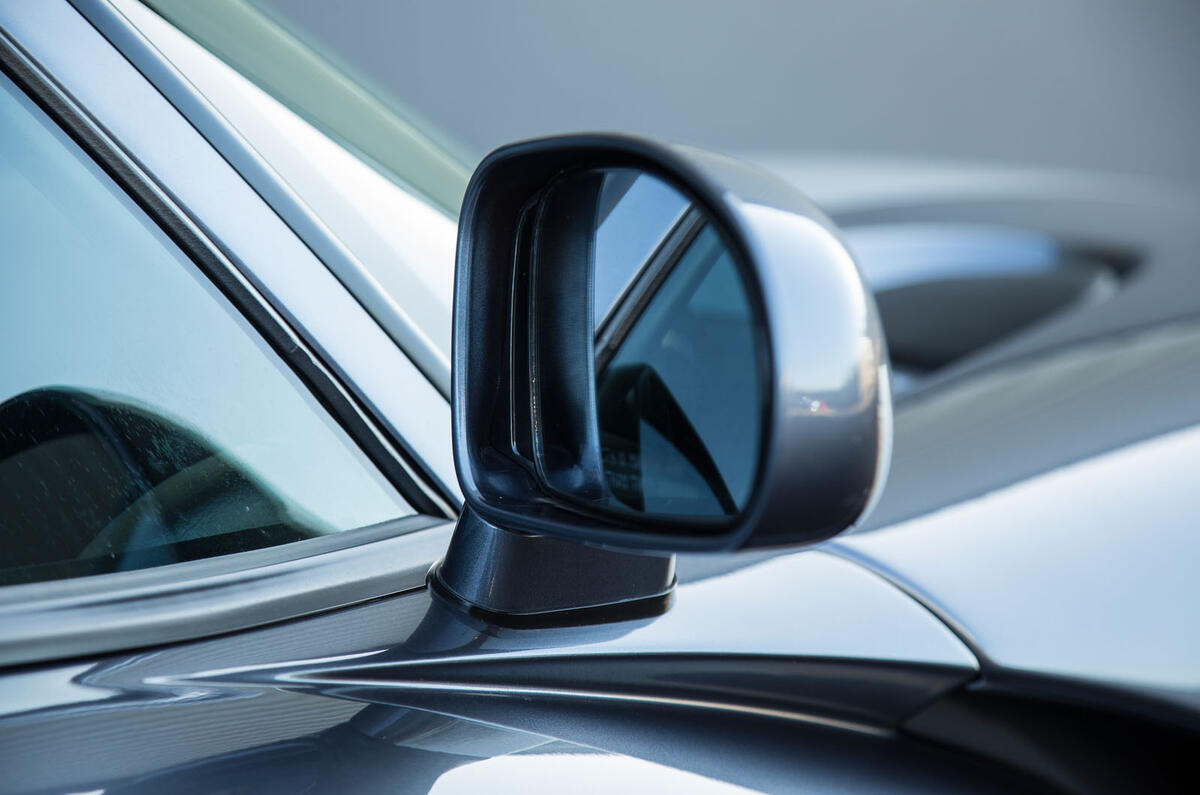
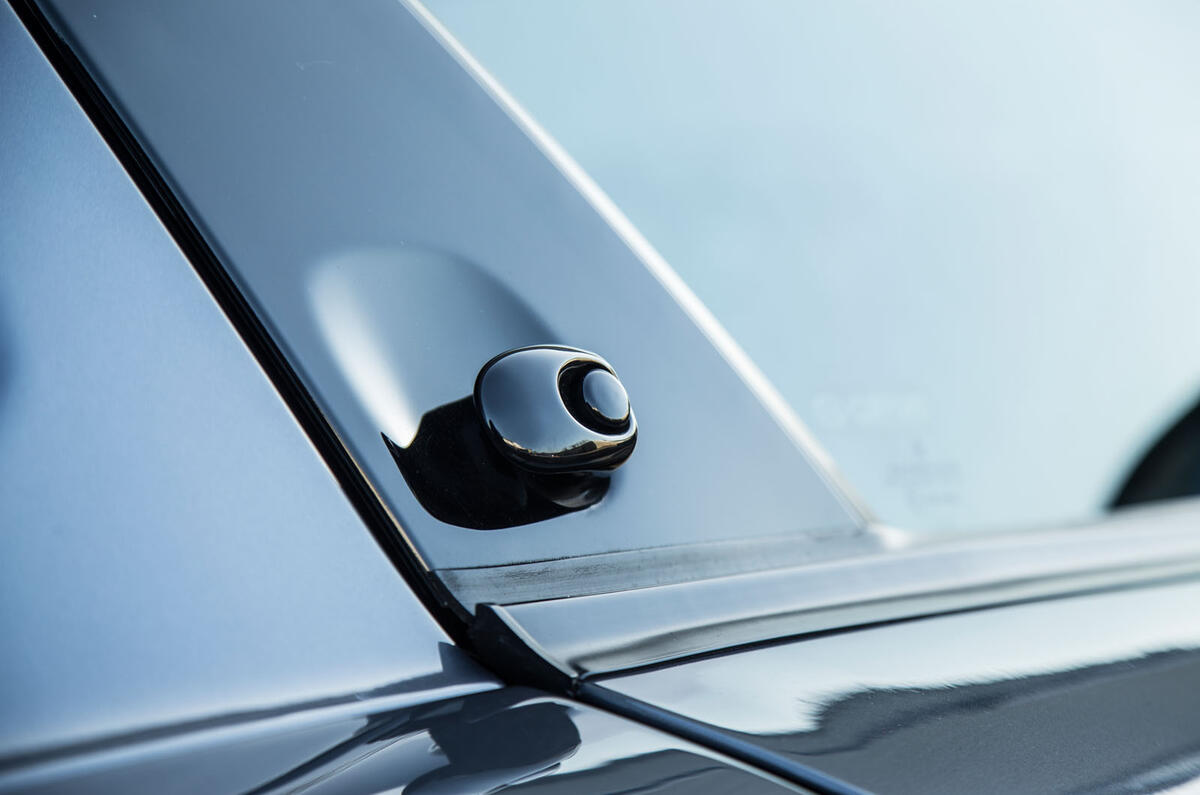
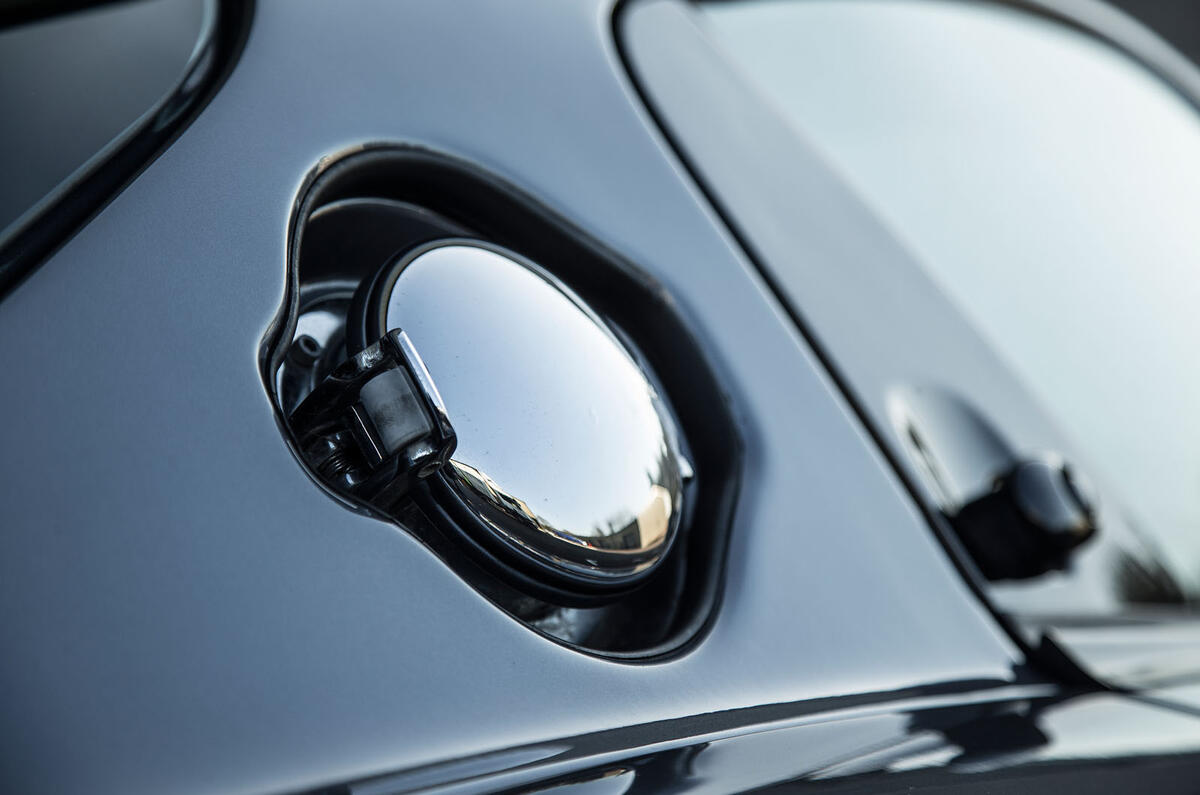
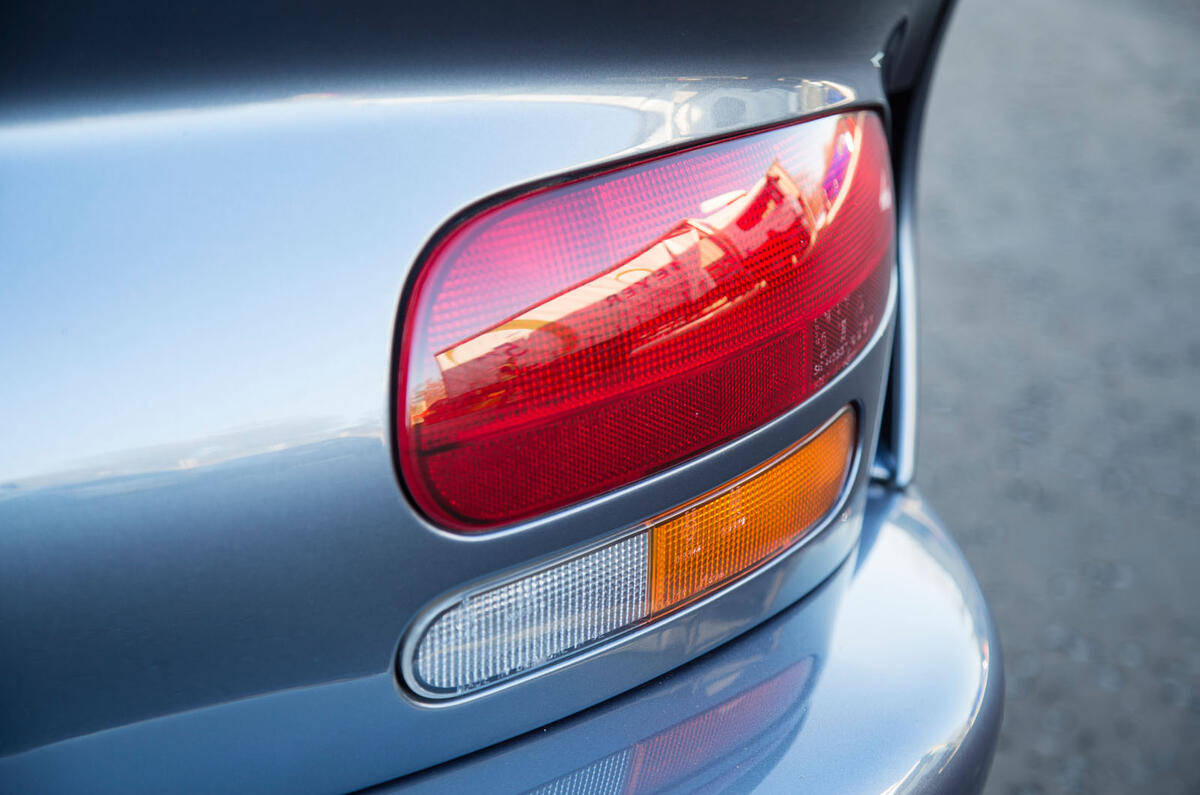


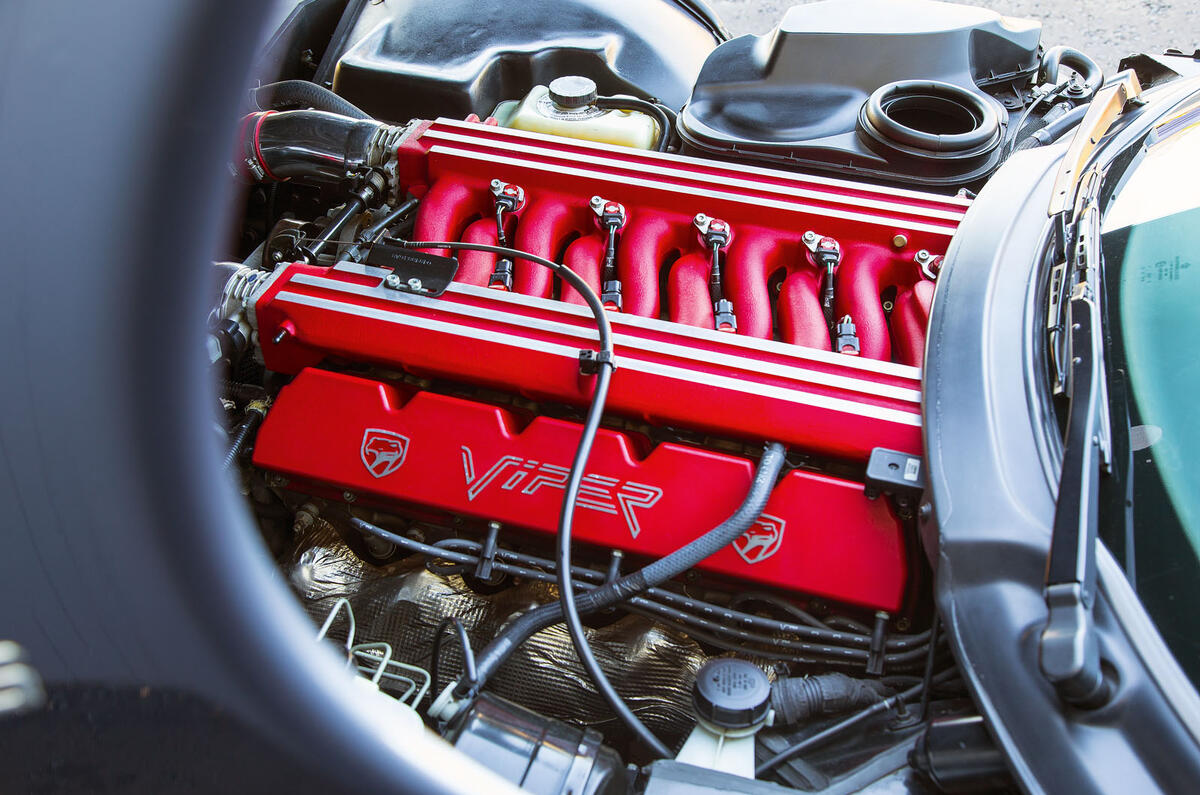
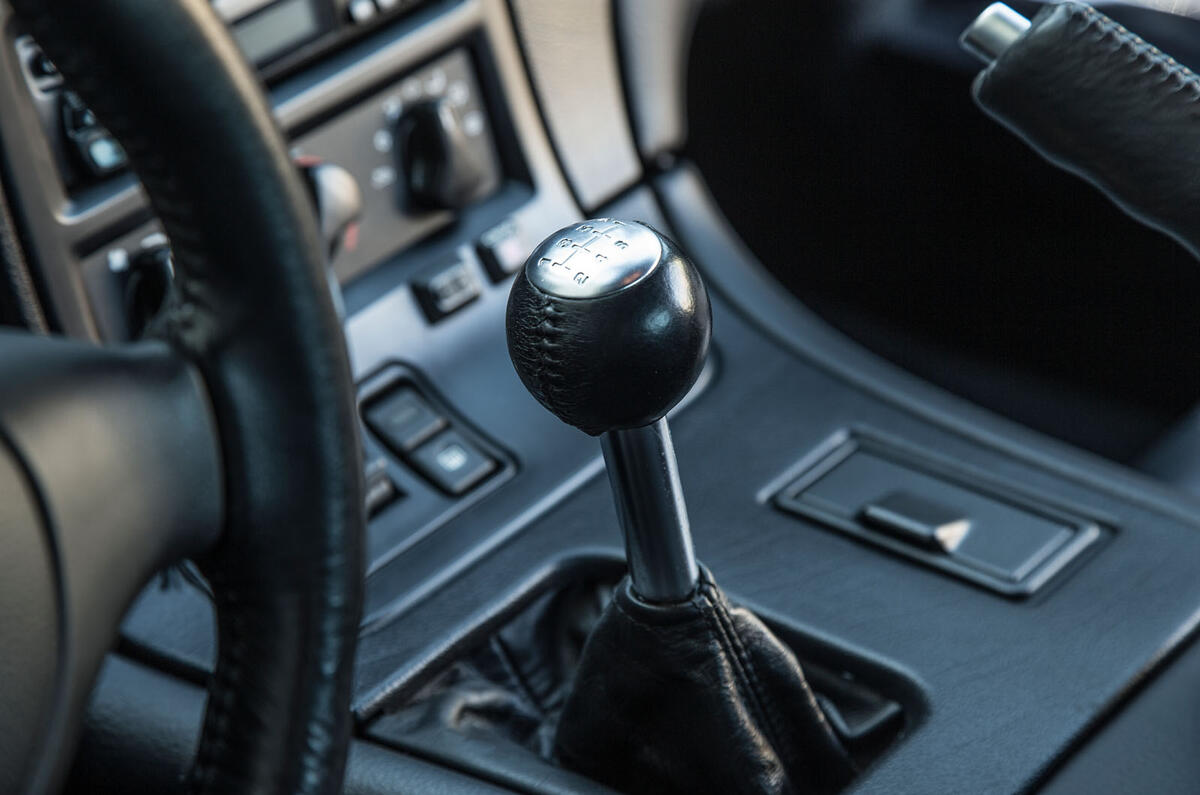


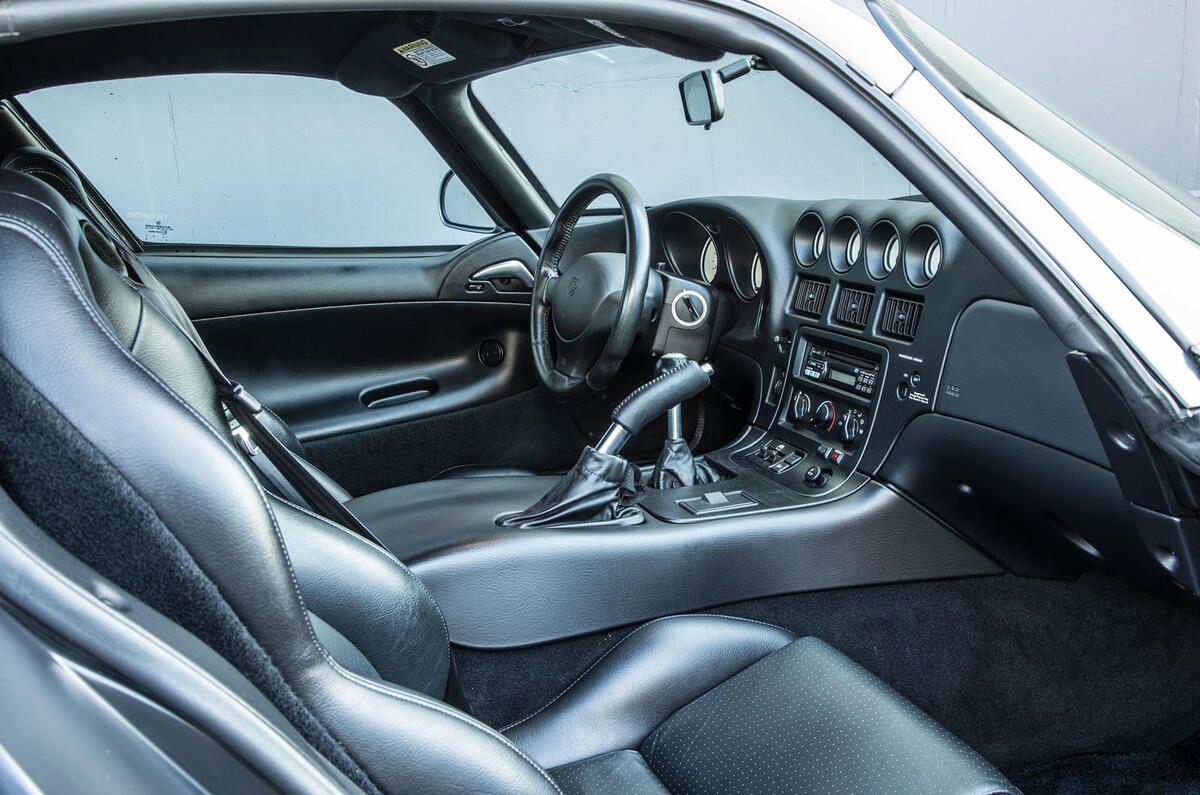
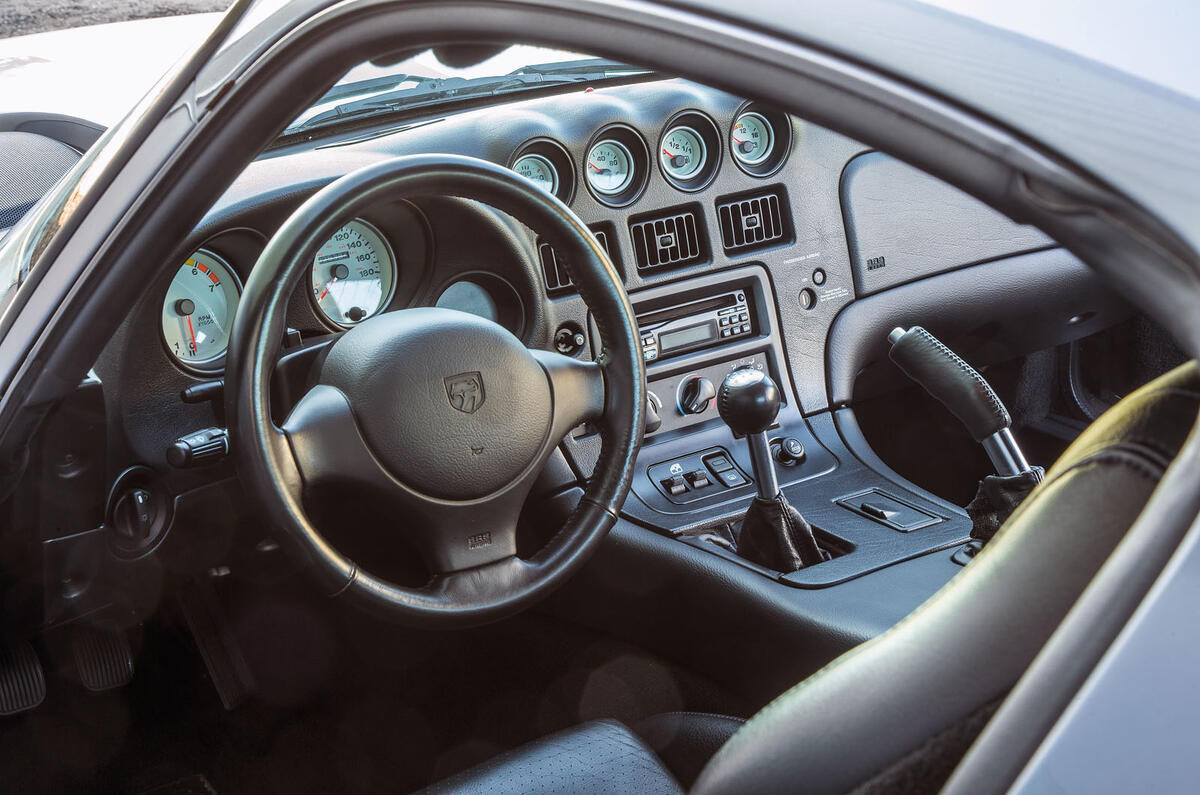
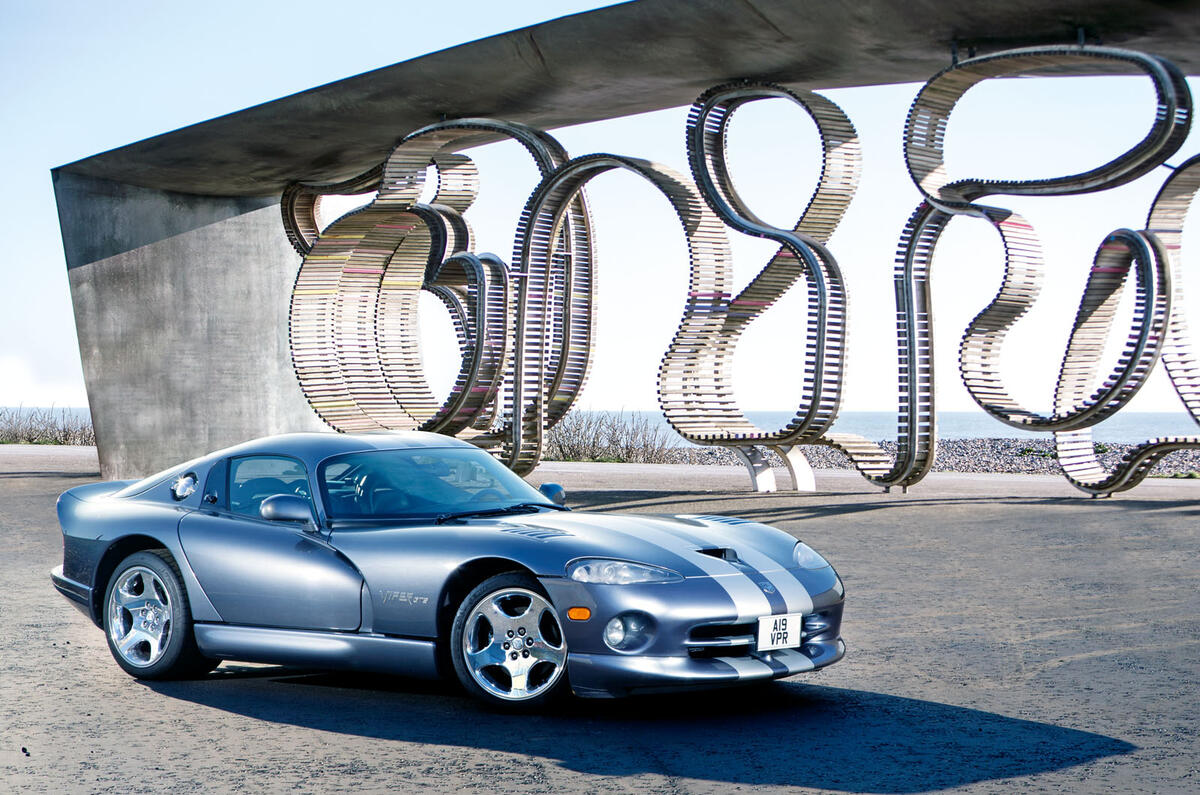


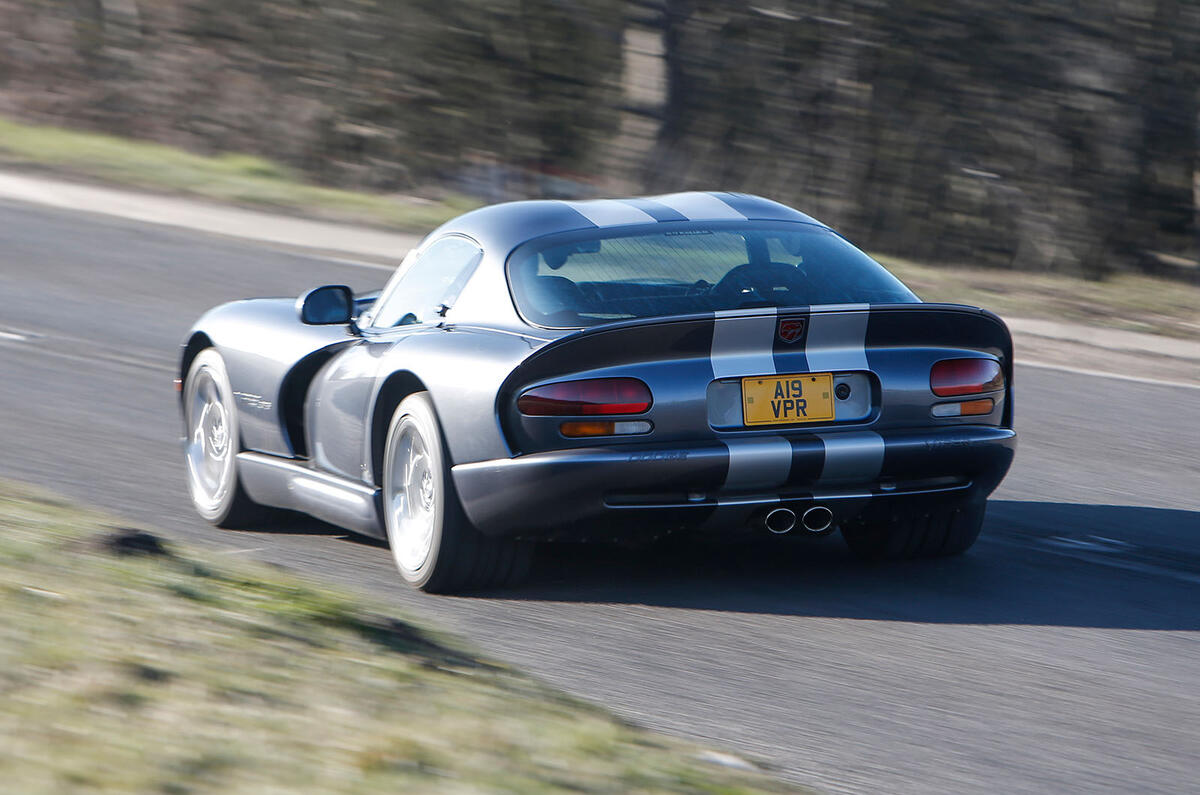
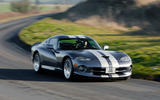
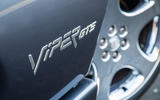


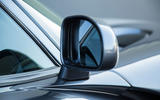
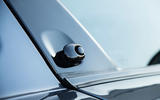
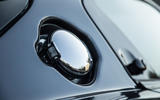
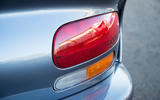














Join the debate
Add your comment
Absolutley epic to drive, an old school, old fashioned sports car. Angry, crude, wayward, takes no prisoners. Europe no longer bulds visceral, white knuckled sports cars like this
When I say Europe, I mean big name European vehicle manafacturers. I have a Noble M600, and that's orgasmic to drive
I'd go for an old, cheap one...
American made, American born.